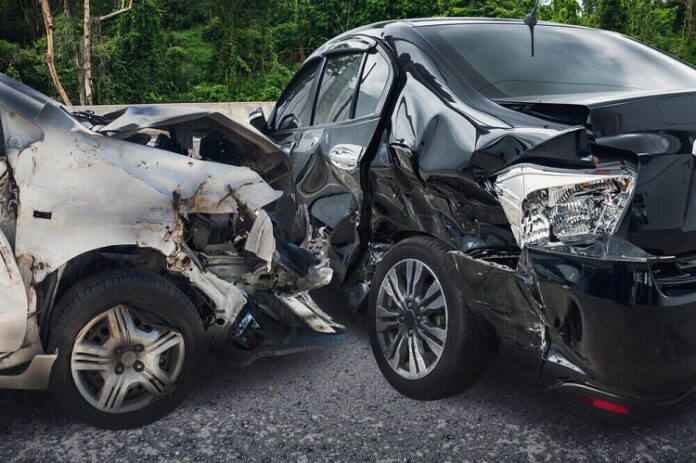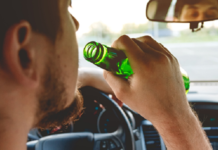Ontario alone witnesses approximately 75,000 car crashes every year. Unfortunately, over 350 people lose their lives to car accidents every year. It is pertinent to mention that many of these accidents can be avoided by following the rules and staying vigilant behind the wheel. However, whatever the reason, car accidents are traumatizing, and one should be aware of what to do in case of a car accident.
Moreover, if you succeed in proving the fault of the other driver, you may be entitled to claim compensation for the damages you suffered. While it can be difficult to do this on your own, hiring lawyers who sue police in ontario canada can significantly increase your chances of a successful outcome as they know all the legal nuances.
Table of Contents
Understanding the causes of car accidents
A car accident might be caused by several different reasons. However, they can broadly be categorized into two categories: driver errors and unrelated to driver errors. The following are the leading causes of both categories.
- The most common cause of car accidents is distracted driving, such as driving while using a phone or reading billboards alongside the roads.
- Overspeeding is also a leading cause of car accidents. Rash driving and driving over the speed limit can lead to car accidents.
- Driving under the influence of alcohol and other substances is another reason why car accidents occur.
- Other reasons include inexperienced drivers, poor decision-making, driver fatigue, etc.
- Apart from the above, reasons unrelated to drivers, like poor road conditions, bad weather conditions, mechanical faults in vehicles, etc., may also cause car accidents.
Different types of car accidents
The amount and nature of injury suffered in a car accident are directly related to the pattern of the accident. A car accident can belong to one of the following types, depending on the collision type.
- Rear-end collision: When a car gets hit from behind due to a motorist’s inability to maintain enough space from the vehicle in front.
- Head-on collision: A head-on collision occurs when two cars moving towards each other collide. It is usually very severe in nature.
- Side-impact collision: A side-impact collision occurs when a car collides with another vehicle at a perpendicular angle and forms a T-shape while colliding. As the sides of the cars have fewer masses to absorb a collision impact, a side-impact collision may be dangerous for the occupants in the car that is struck in the side.
- Sideswipe accidents: A sideswipe accident occurs when two cars traveling parallel collide. It is usually caused by blind spots.
- Single-vehicle accident: A single-vehicle accident occurs when an individual vehicle collides with an object or an animal. It may also occur when a car veers off the road.
- Apart from the above, multi-vehicle accidents, rollover accidents, blind spot accidents, merging accidents, and low-speed accidents are some of the most common road accidents.
Proving fault after a car accident
Proving fault after a car accident plays a crucial role in determining liability and securing compensation. Here’s what needs to be done to prove the other driver’s fault in a car accident.
- The other driver had a duty to be reasonably careful while driving.
- The other driver failed to be reasonably careful.
- The misconduct of the other driver caused the accident.
- You sustained injuries due to said accident.
- The injuries have caused you monetary and non-monetary damages.
However, it is pertinent to mention that you must not admit fault at the scene as things may not be evident due to trauma. Further, try to collect evidence, file a report with the police, document the accident scene by collecting photographs and statements of the witnesses, and obtain legal advice to build a strong case against the driver at fault.




